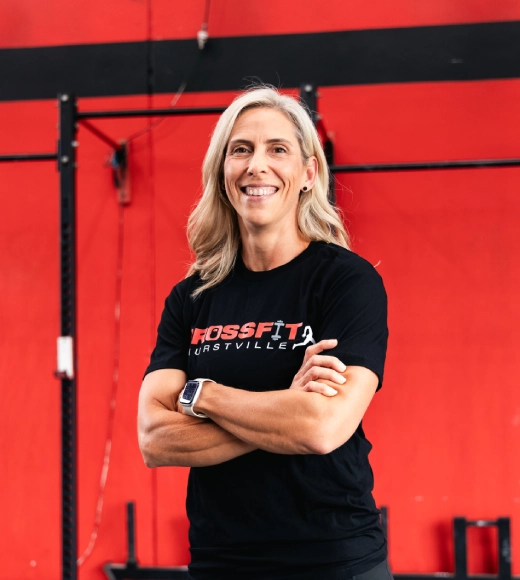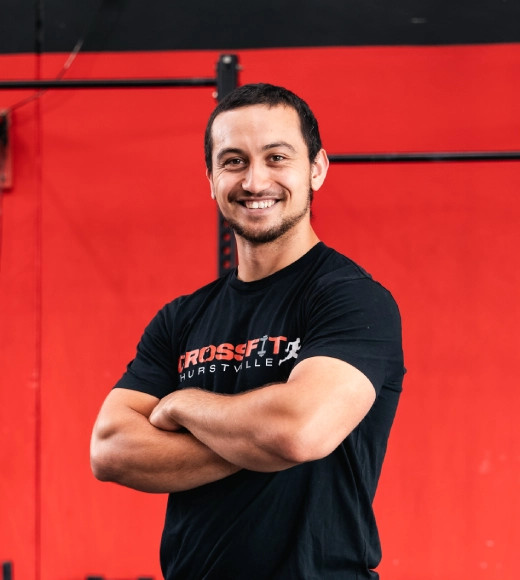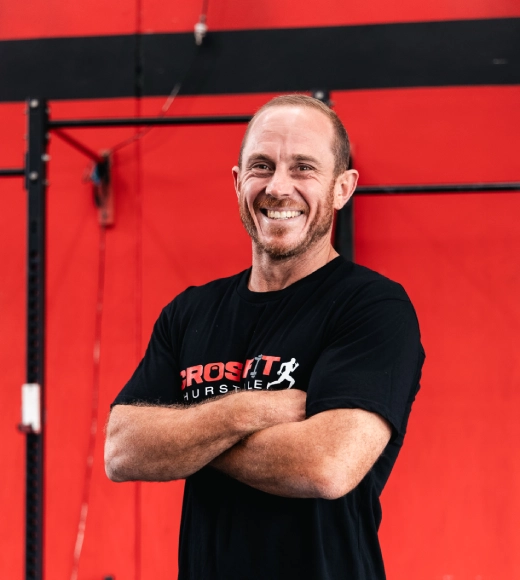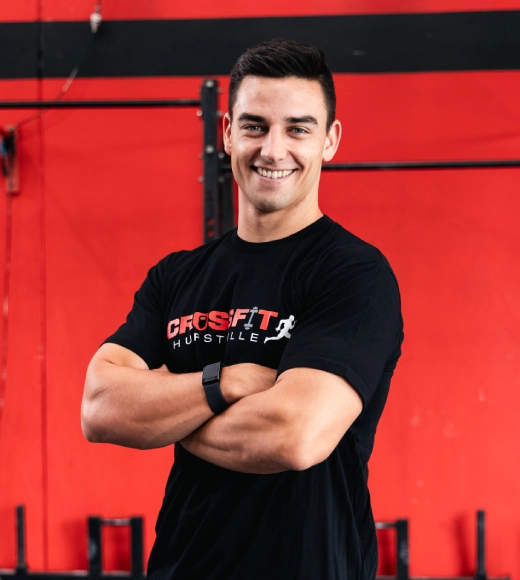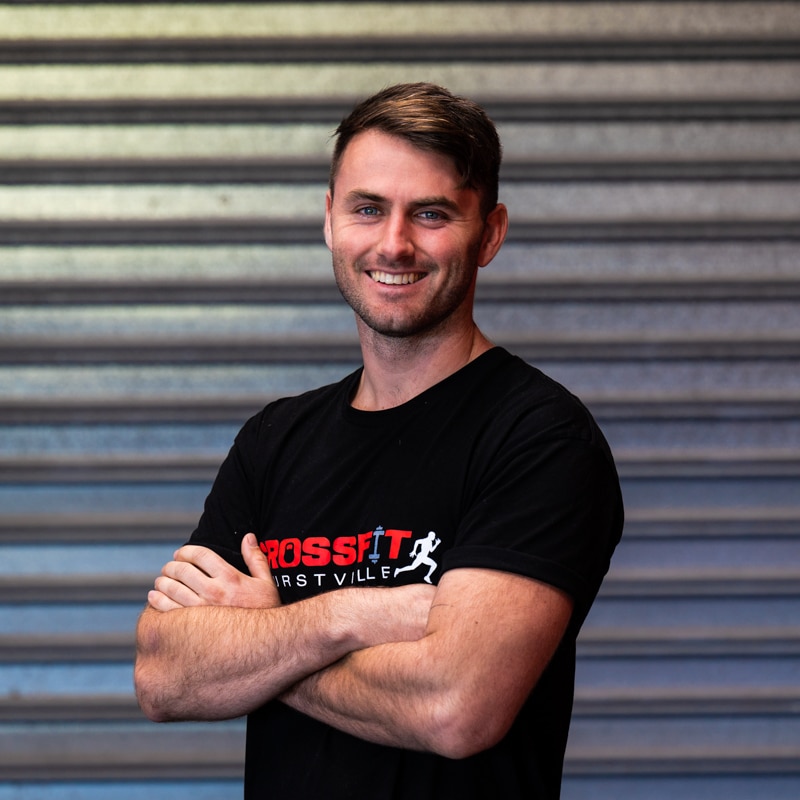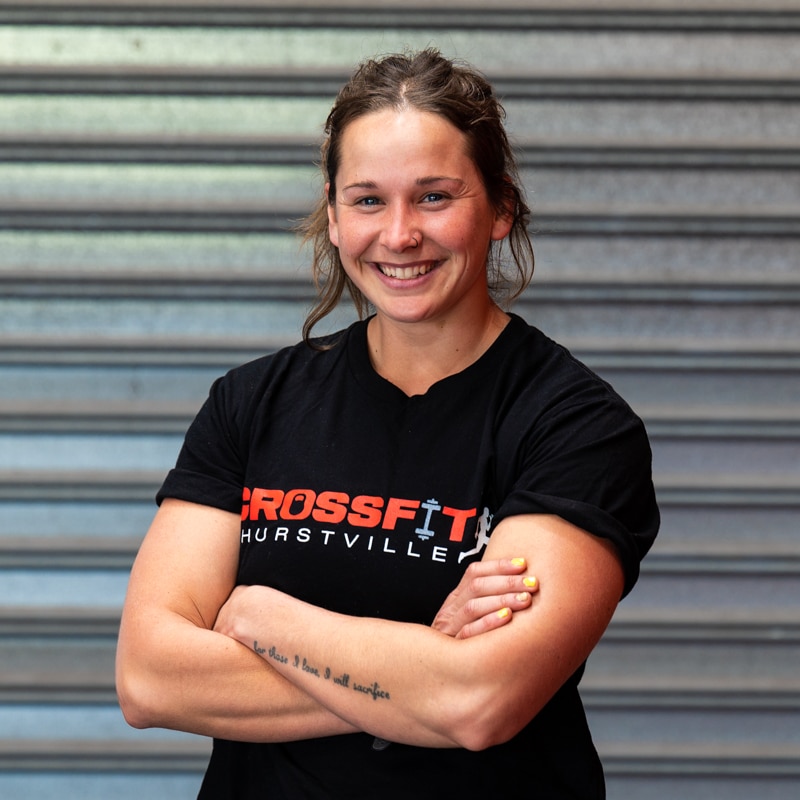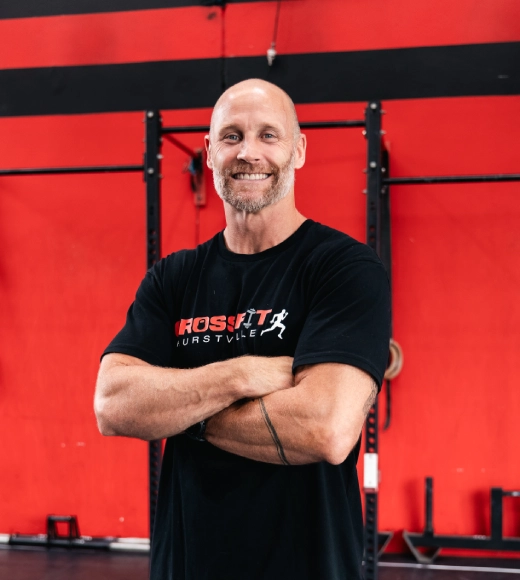I took some time away last week, meandering aimlessly down the south coast. Every morning, I would awake to a different outlook, crawl out of the tent, and commence a process…
The camping stove is located in the boot of the van, as I go to work, rigging this up to the portable gas bottle, placing it on a pull-out shelf of the van’s interior. Next, I dismantle the percolator – the stovetop espresso maker – and dump a deposit worth of ground coffee beans into the basket, filling the bottom chamber with water before piecing it back together and placing it over the flame.
Within the minute, dark golden liquid begins spilling into the upper chamber of the percolator as I remove it from the heat and pour evenly two shots of espresso into glasses I set up prior.
On one particular morning, I watch the waves lazily roll across the shore adjacent to the campsite, espresso in hand, poised to take my first swig. As I tilt the bottom of the glass towards the sky, I am greeted with a bitter and acidic mouthful. It is a disappointing outcome.
For the last few years, I have been infatuated with espresso. I have a machine, ludicrously expensive coffee scales, filtered water, and a drawer full of different beans to sample. I continue to learn about the many variables that influence it – dose, water quality, grind size, brew time, pressure – and am constantly adjusting and tweaking these on any given day. Everything is weighed and measured. This process is deliberate and precise.
I spend hours playing, practicing, and polishing espresso in this context. But this differs dramatically from the primitive setup at my campsite, where “near enough is good enough” and “that looks about right” are the metrics I use.
Nonetheless, I don’t engage this process purely for the outcome – the momentary and fleeting joy I experience as I down a smooth shot. I do it to practice making espresso in all its fine detail and nuance. The coffee may turn out rich or rancid, bold or benign, but the process is where I experience the most enjoyment, cognitive stimulation, and presence of mind.
Our physical practice can also be described as such.
In training, we tweak and refine skills, making micro and macro adjustments. We may be driven by curiosity: “If I change X, how will it affect Y?”. Some days, we don’t keep track of the weight on the bar, only how it felt and what we learned from the session. We share equipment, not to complete the work as far as possible, but to socialise and observe.
We do so to create and enhance an experience. This makes the practice far more engaging.
We may be results-driven – be it snatching a certain amount of weight or producing the perfect espresso – and so we should be; these keep us motivated and striving towards the broader goal of self-improvement. But if we allow these to rest in the back of our mind as we orient our attention to the process at hand, we may find that this opens up our practice to a whole new range of possibilities.
As I finish the last few sips of the astringent coffee, I’m reminded of this. The point of my practice was not to experience heaven in a cup. It rarely is, regardless of the environment.
The point was simply to enjoy in a process
__________







